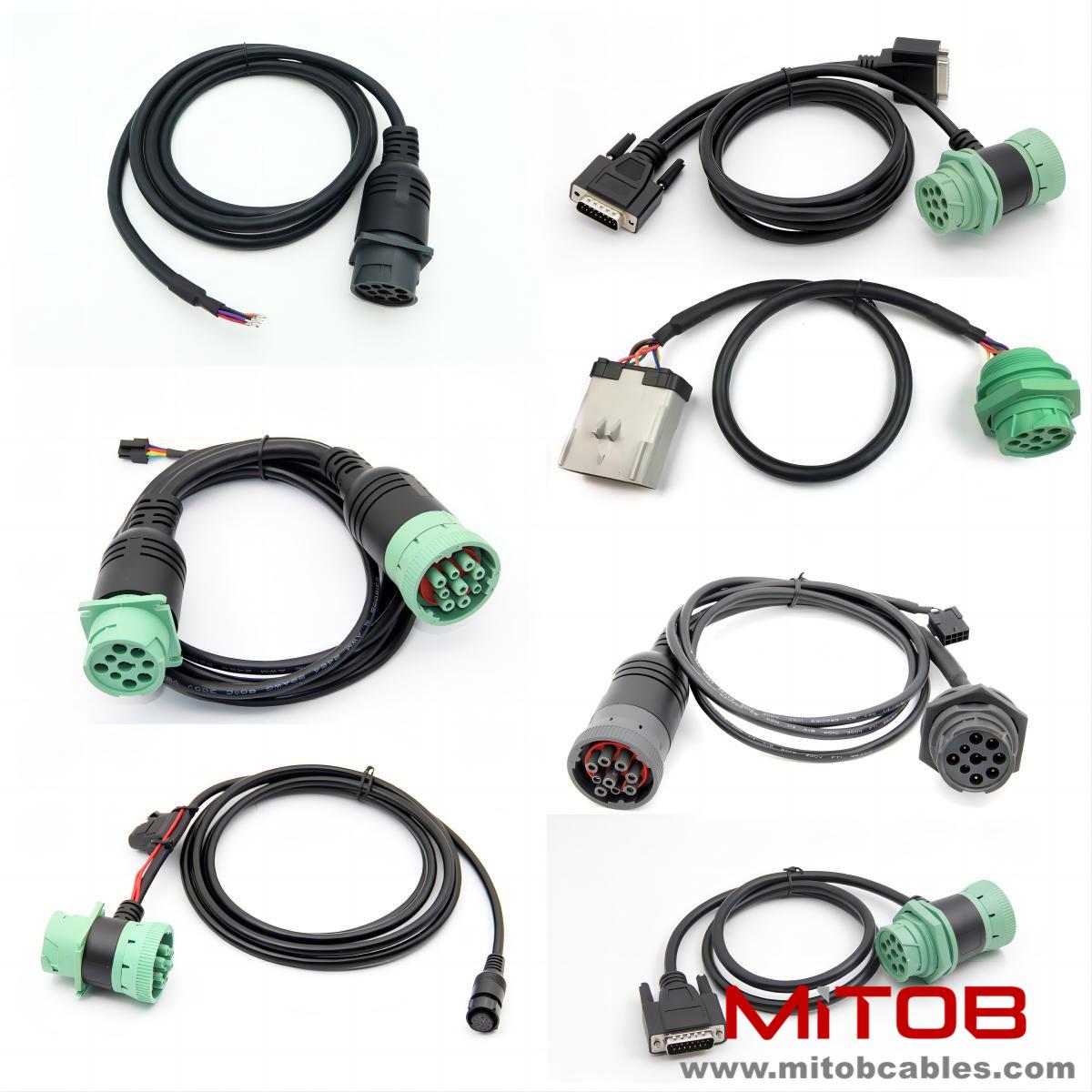Troubleshooting Guide for J1939 Cable
In practical applications, if J1939 cable malfunctions, it will affect the operation of the entire vehicle or equipment system. When suspecting a problem with the J1939 cable, visual inspection is the first step. Carefully inspect the outer sheath of the cable for any damage or cracking. If so, external impurities such as moisture and dust may infiltrate and damage the internal conductor and insulation layer, leading to abnormal signal transmission. Next, check the connector area for any signs of looseness or corrosion. Poor contact of the connector is a common fault point, which can cause increased resistance and severe signal attenuation.

Electrical performance testing is crucial. Use a professional cable tester to measure the resistance, capacitance, and characteristic impedance of the cable. Under normal circumstances, the characteristic impedance of J1939 cable needs to be stable at around 120 ohms. If the measurement deviation is too large, the signal will reflect and attenuate during transmission, affecting communication quality. For example, when the resistance value abnormally increases, it may indicate that there is a broken circuit or poor contact in the internal conductor of the cable.
Data transmission testing is also indispensable. Using simulated communication equipment to send specific data frames to cables, monitoring the integrity and accuracy of data at the receiving end. If there is data loss or error code, it is likely caused by cable failure. In addition, by combining the fault diagnosis system of the vehicle or equipment, check for any error messages related to J1939 communication, which can provide important clues for fault location, help maintenance personnel quickly identify the problem area, efficiently repair J1939 cable faults, and restore normal system operation.
Contact: Kevin
Phone: 0086-18823374992
E-mail: kevin@mitobcable.com
Whatsapp:
Add: Bld B2, Floor7 , Xinghe Zhongkai AI Industrial Park, Zhongkai High-tech Zone, Huizhou,China